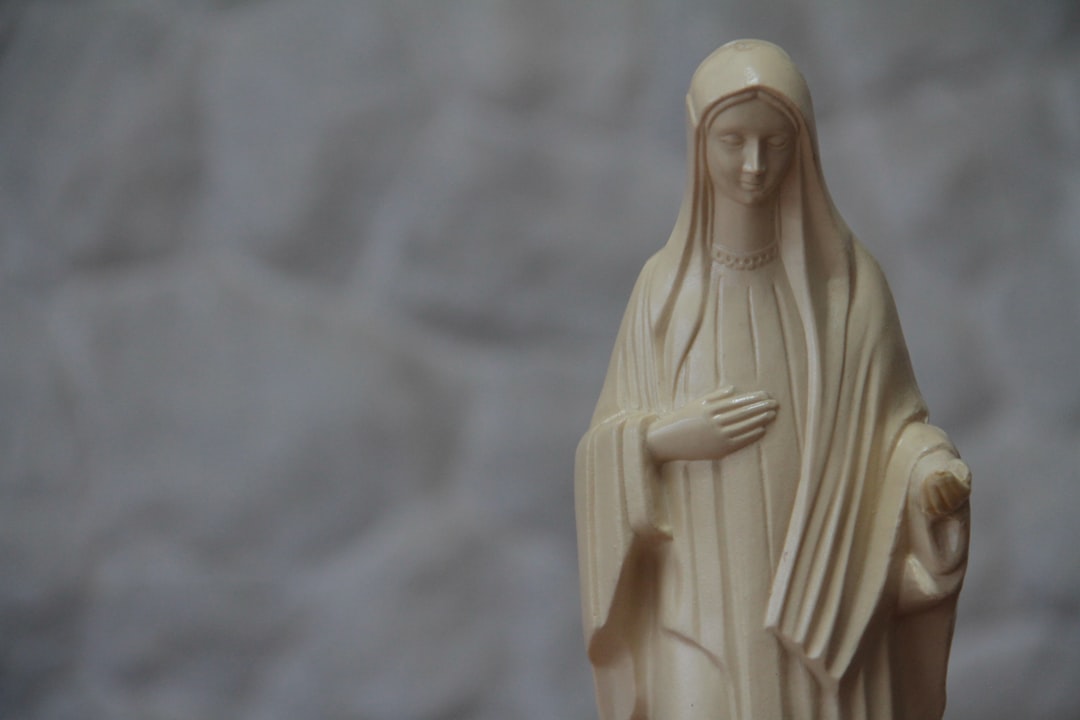The Role of the Blessed Mother in Salvation History

The role of the Blessed Mother in salvation history is immense, encompassing not merely the New Testament but, in quite significant ways, fanning across the Old Testam…

The role of the Blessed Mother in salvation history is immense, encompassing not merely the New Testament but, in quite significant ways, fanning across the Old Testam…